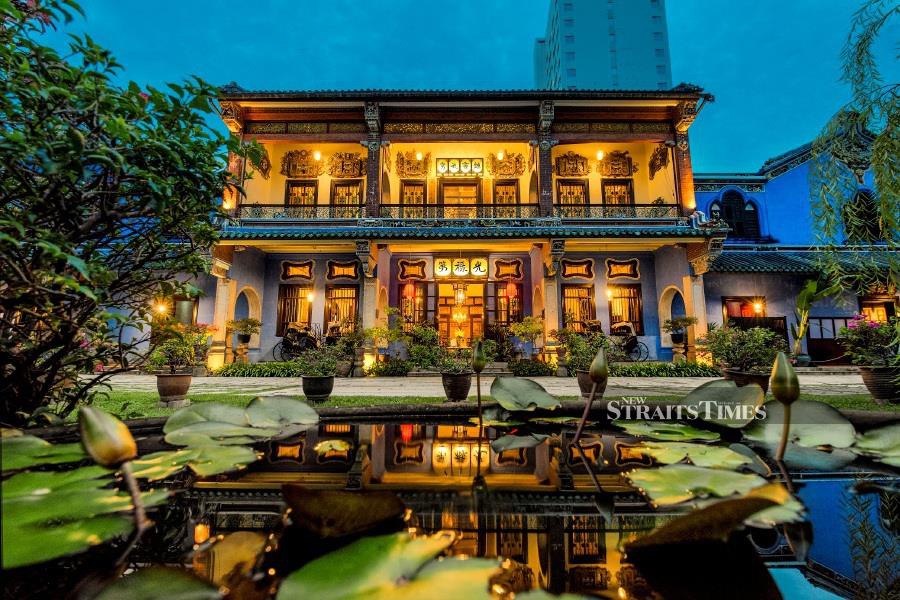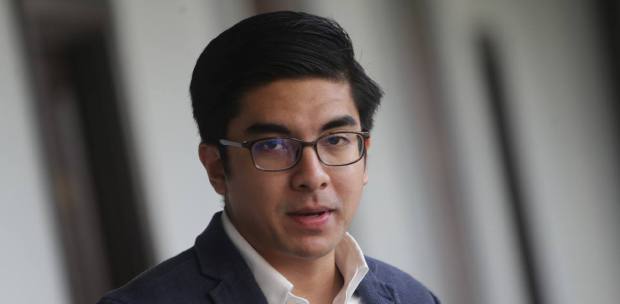THE faint strains of the guqin (or quzheng) fills the air and the ancient walls seem to settle in with a sigh. Ah, the familiar sounds of the musical instrument of traditional China's educated elite. The guqin was believed to be the instrument best able to link man and cosmos, to harmonise heaven and earth; some even claimed it could summon ghosts, cure disease, make birds dance, and fish fly.
The mansion knows all about magic, of course. Its very foundations were built to welcome luck and good energy. In accordance with the principals of feng shui, the blue building faces the rising sun, although slightly tilted away from the alignment of Leith Street to face the south east.
The woman seated next to me expels a loud languorous sigh. "Don't you love the sense of history in this place?" my sister asks as we sit in the large open courtyard, where we listen to the sounds of the guqin played by a serious-faced young man.
It's a rhetorical question of course.
"The Chinese believe that in a siheyuan you can feel the spirit of the earth," she continues to tell me on that languid evening.
The Cheong Fatt Tze, or better known as the Blue Mansion, is indeed built similar to the ancient siheyuan house with its internal courtyards and rooms on each wing that open towards the courtyards, embodying the "round heaven".
Generally, the gate of a siheyuan house opens in a southeast direction, which is a vigorous direction according to feng shui theory. It's believed to have a mysterious power to make the householder full of vitality and boost their business.
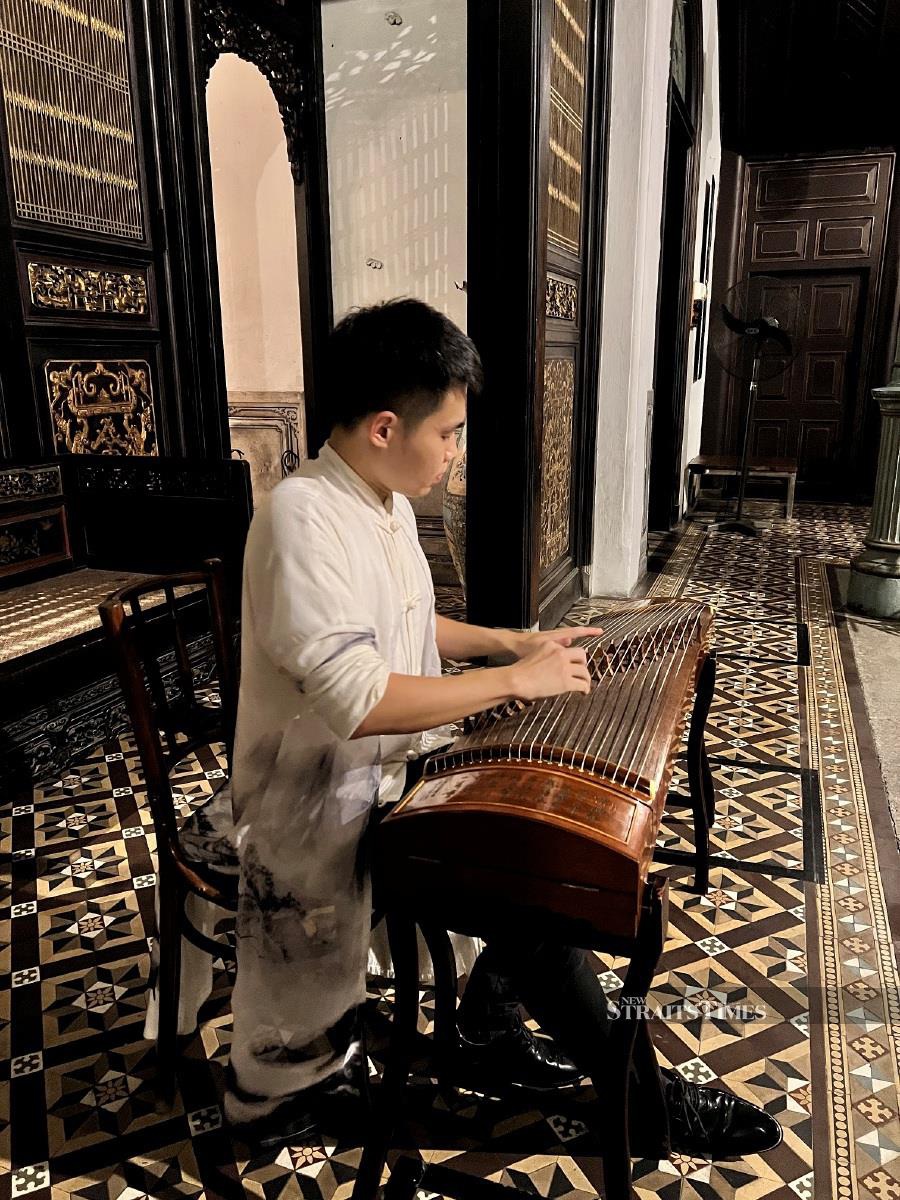
The hypnotic twang of the strings continues to lull me as I sip my cocktail. There's something inherently magical about this indigo-hued boutique hotel in George Town, Penang.
It's certainly got my sisters in a mood. All three of them are clad in some form of oriental garb. It has been a cool evening but they've whipped out their little folding fans and started flapping them around like some displaced courtesans.
I don't blame them for feeling like extras on an old Chinese movie. After all, the mansion had a cameo in the 2018 blockbuster Crazy Rich Asians. It certainly embodies the essential elements of traditional Chinese architecture with its ornamental terracotta roofing, internal courtyards, decorative ironworks and landscaped gardens.
You can't help but feel you've taken a step back in time here at the mansion.
Constructed in 1897, Cheong Fatt Tze's Blue Mansion spans a colossal 5,202.4sq m square metres and with a built-up area occupying 3,065.7sq m square metres. The most prominent Chinese garden-style architectural example in Malaysia, the once dilapidated building was extensively and faithfully restored to its former glory in 1995. The restoration won UNESCO the United Nations Educational, Scientific and Cultural Organisation's Most Excellent Project in the Asia Pacific Heritage Award in 2000.
In recent times, the hotel has been declared the 2021 winner in the category of Global Luxury Heritage Hotel by the prestigious World Luxury Hotel Awards. The rags-to-riches Hakka owner, who commissioned the mansion for his seventh (and favourite) wife, now presides over The Courtyard restaurant in a faded sepia-toned photograph.
RICH HISTORY
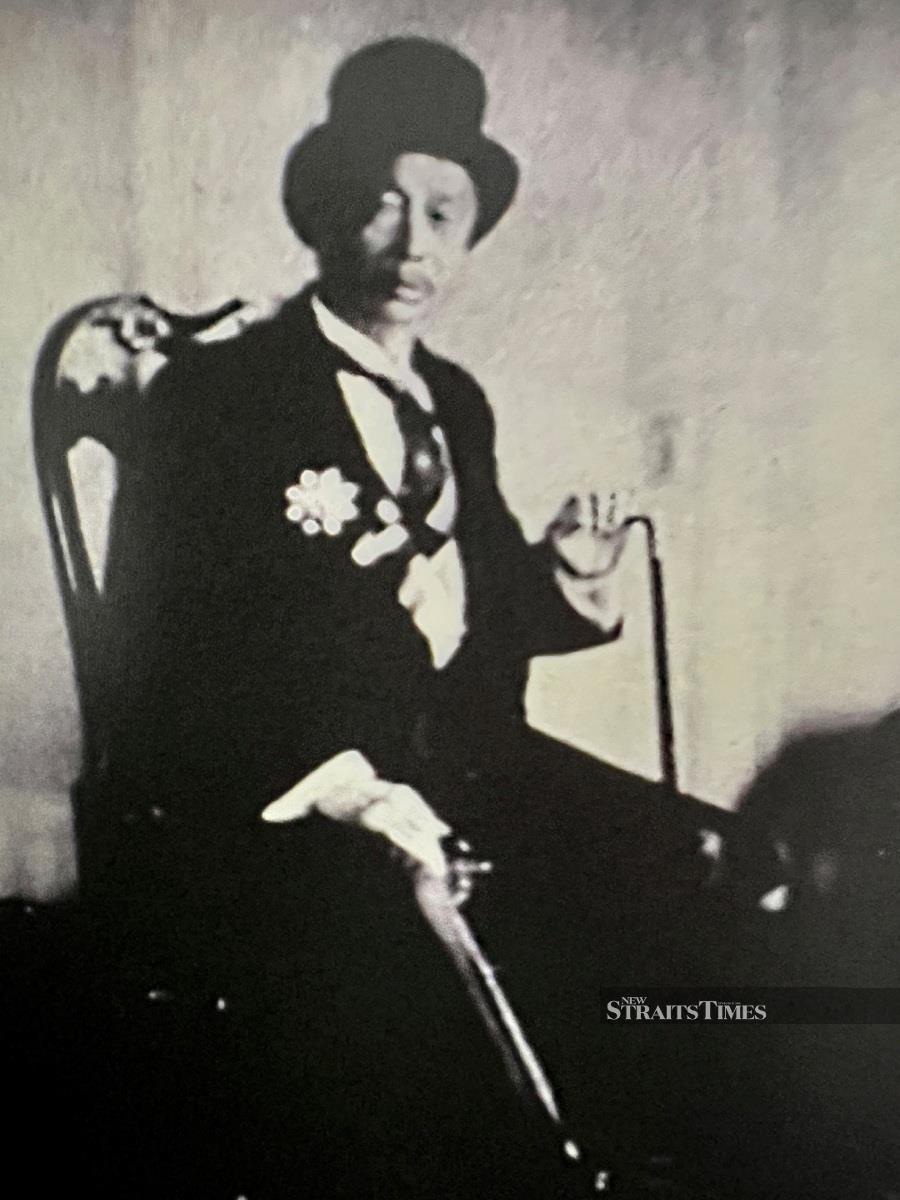
"I pick up what other people give up and give up what other people pursue. I'm able to go either forward or backwards and I consider the support of people and the seizure of opportunity the most important," said Cheong Fatt Tze when questioned about his secret to success.
He'd arrived at the tender age of 16, in the Southeast Asian region called "Nanyang", penniless but determined to prove himself. The young boy worked hard and eventually married the daughter of his employer. His father-in-law — an established merchant — recognised the potential in Cheong and helped him establish himself in the business world.
Cheong worked even harder and soon became known as a formidable businessman. He traded in the commodities of the day, including pepper, rubber, tea, coffee, opium, tobacco and rice. He also invested in banks, glassworks, cattle and textiles.
The enterprising businessman introduced modern tin-mining methods, operated steamships and started a trans-Pacific shipping line between China and the United States. Cheong enjoyed drinking wine and started the Chang Yu winery in Yantai, Shangtung Province in 1892, importing wine cuttings from Europe.
Nationalised since by the government, the winery is (to this day) one of the largest and most successful in China!
He eventually became China's consul general and earned the sobriquet, Rockefeller of the East (a title bestowed to him by the New York Times).
His success is a far cry from his early humble beginnings in China, where he was deemed to have shown little promise in his boyhood days. A condescending relative had purportedly pledged to hang lanterns upside down — a taboo practice — in front of his house if Cheong actually made something of himself. He was made to carry out his pledge!
While the businessman owned several homes in Indonesia, Singapore, Hong Kong and China, it would appear that his Leith Street home was the favoured one. The Blue Mansion at No 14, Leith Street became one of the most lavish and elaborate constructions of his time.
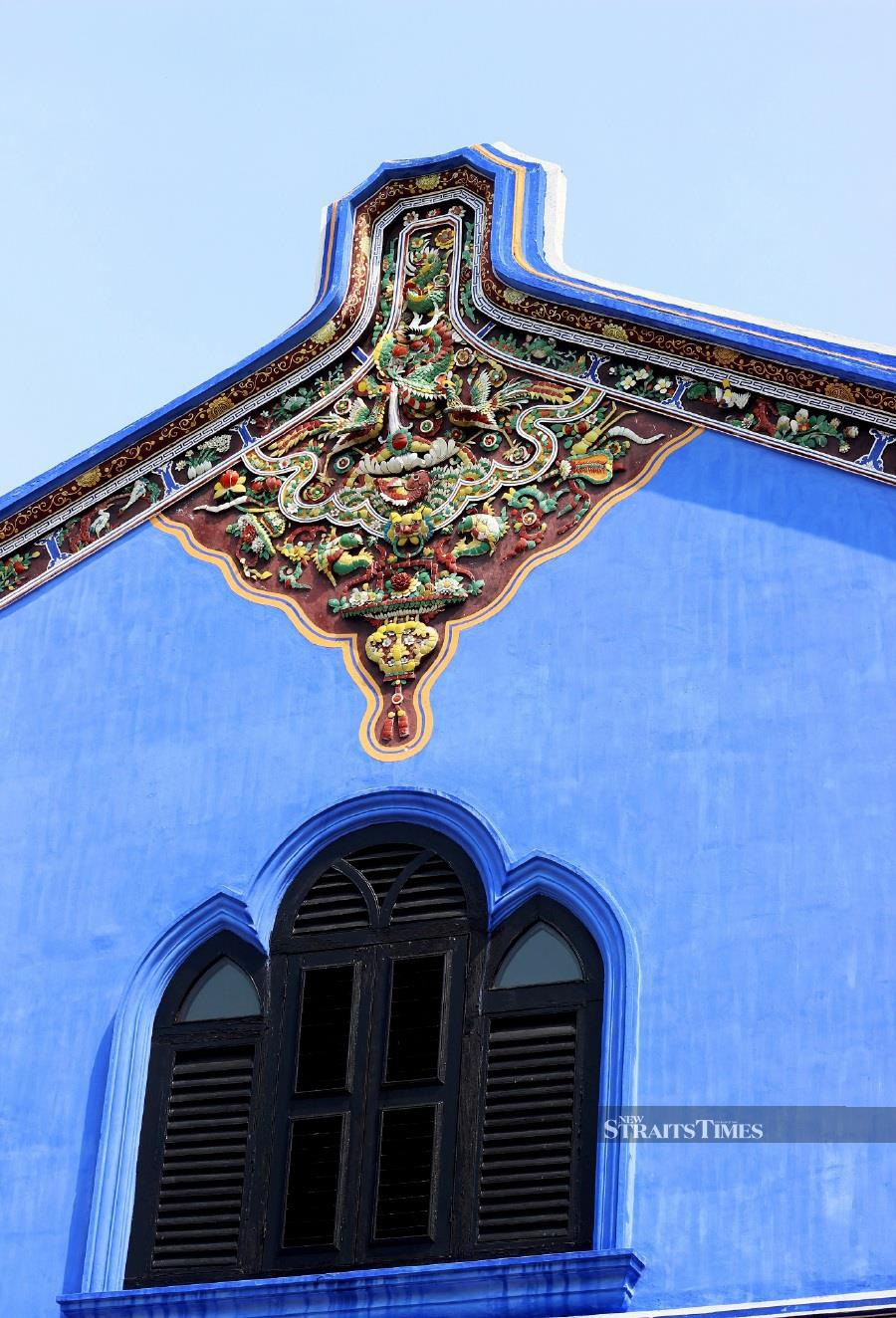
Cheong was determined to use only the best materials — he shipped artisans from Southern China and imported building materials from as far as Scotland. Much to his delight, the Blue Mansion was more refined than his native home in Tai'pu, and it was said that only one of two such buildings of this size — with five courtyards — an eclectic style of architecture that mainly exists outside of China.

The tradition of architecture and craftsmanship that was applied to the building goes back several centuries, and reflects both national and regional influences with the eclectic fusion of eastern and western architectural styles, blending Chinese porcelain tile-work with art nouveau stained glass and British encaustic floor tiles. The form of the mansion dates back 3,000 years to the Chow dynasty.
It's said that Cheong had hoped to house nine generations of Cheongs in the mansion. He took great pains to ensure the residence would remain in the family and his will stated that his estates were not to be sold until the death of his last son, Kam Loong, born to his favourite seventh wife. The rich businessman passed away of pneumonia in Jakarta in 1916.
Cheong's wish was never realised. Monies left to maintain the house were not adequately disbursed and the mansion soon fell to ruins. The Japanese occupation all but wiped out the children's fortunes inherited from their prosperous father. In desperation, the last daughter-in-law allowed rooms, corridor spaces, halls, stores, even outhouses, to be occupied by illegal tenants from whom she collected rent.
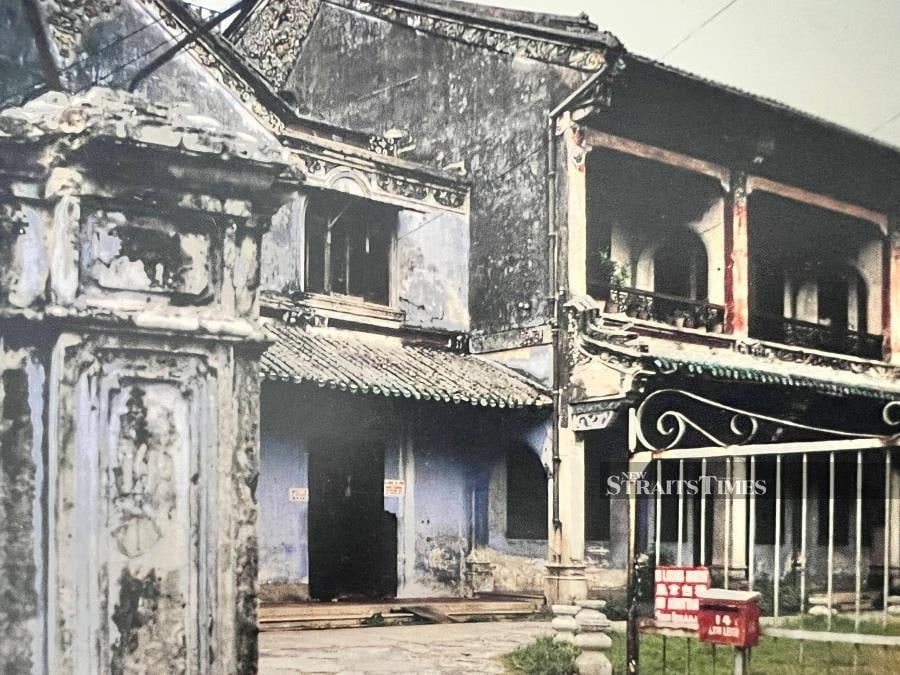
In 1989, upon the death of Kam Loong, the dilapidated mansion with more than 30 illegal families still inhabiting it, finally came on the market for sale. Thankfully, the mansion was sold to a small group of Penang conservationists who took great pains to restore it to its former glory.
MAGIC CONTINUES
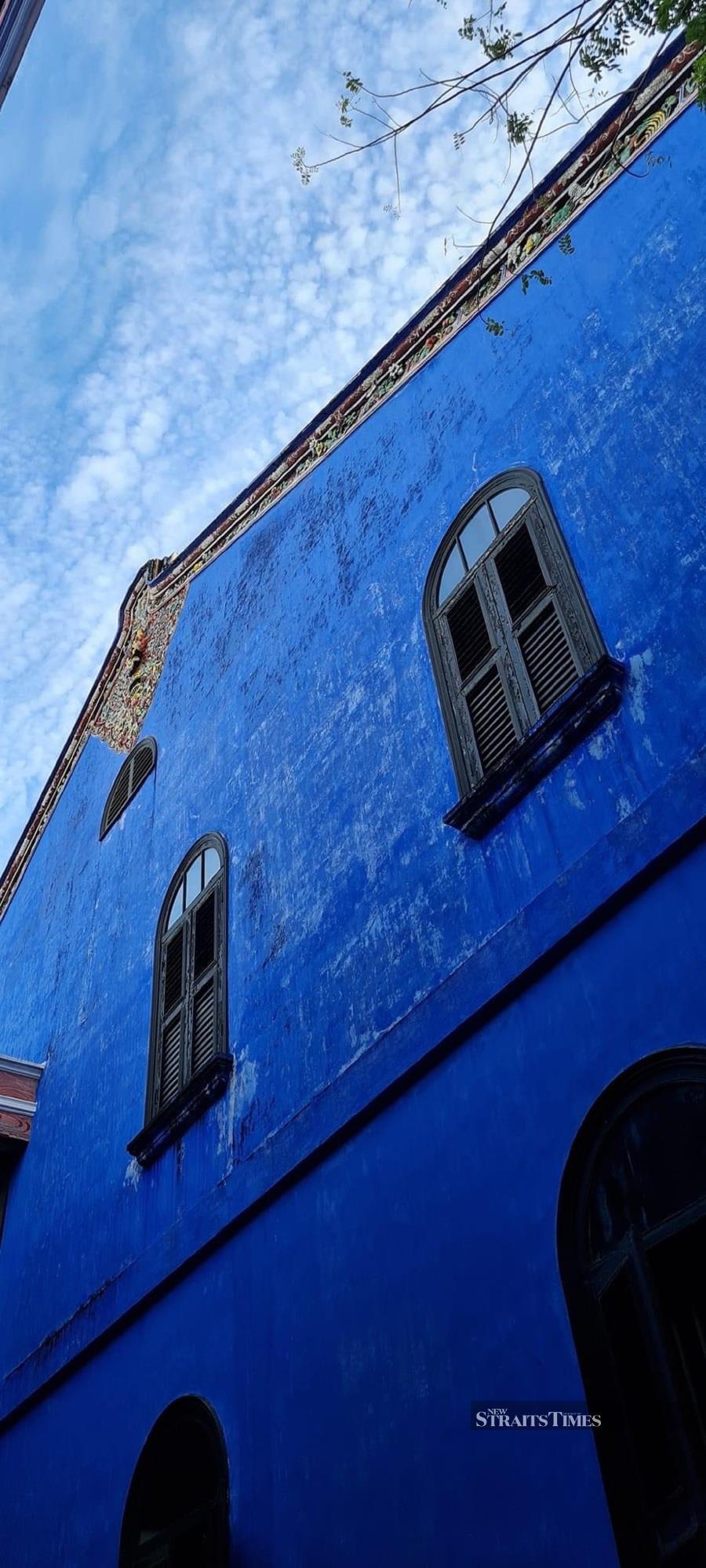
Rising from the ashes like a phoenix, the Blue Mansion now presides over George Town as a grand old dame. Her indigo-stained walls glinted in the brilliant island sun as our car sidled to a stop at the imposing archway just over a day ago.
"It looks haunted," said one sister half-jokingly, eyeing the old furniture and quiet interior. "It's different," I agreed jubilantly. The grand hallway is decorated with antique furniture that speaks of a bygone way of life and I could imagine assorted ghouls (including Mr. Cheong Fatt Tze himself) haunting the place. Not in a bad way, of course. But you can't help imagining the light footsteps of favourite seventh wife Tan Tay Po running down the stairs in her silk cheongsam.
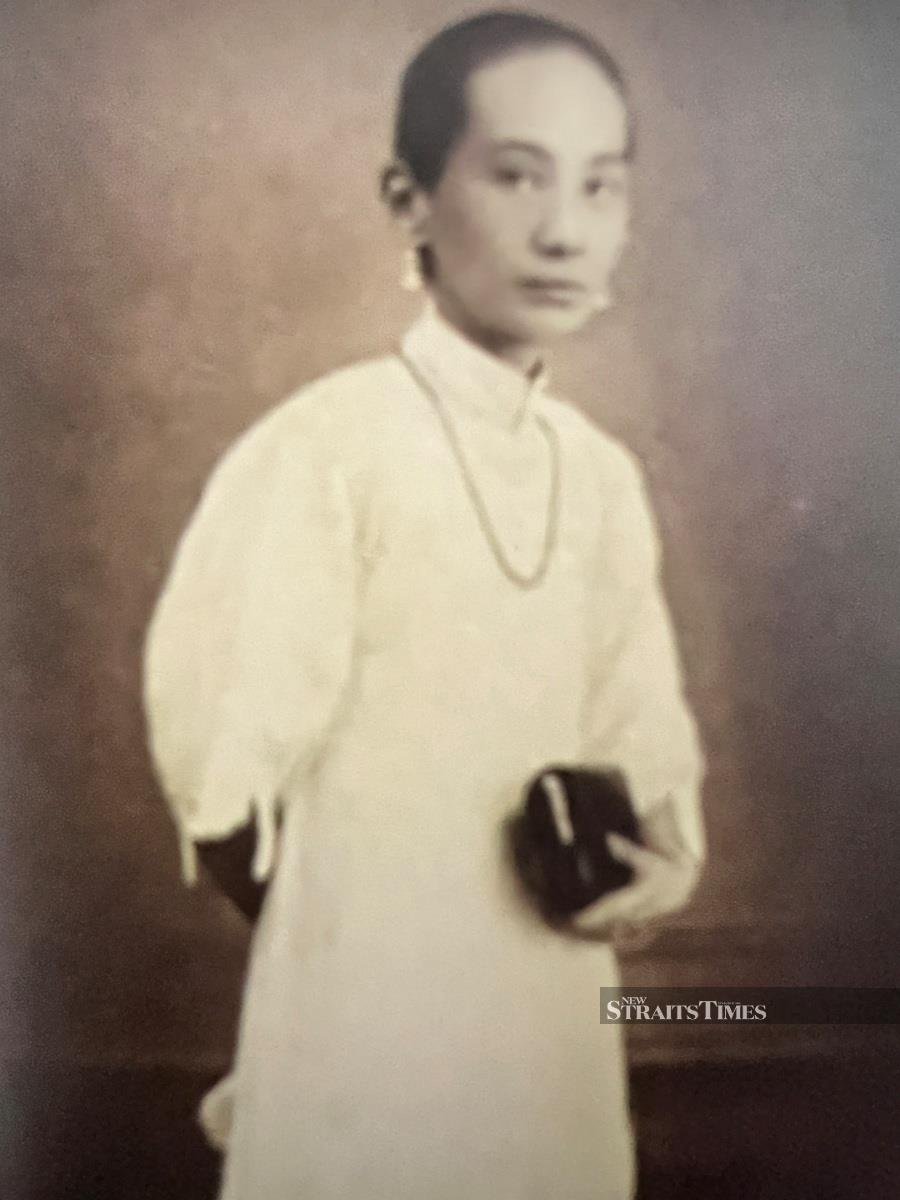
This magnificent 38-room, 220-window mansion is a heady mix of eastern and western influences with its Chinese painted chai hui wall frescoes, English encaustic floor tiles, Chinese-styled timber pivot doors and decorative timber ceilings of European origins. There's little doubt that we've stepped into history with our suitcases in tow.
The rooms are named after Chinese dynasties like the Ming, Liang and Tang collections and the Han suites. We were quickly shown to our quaint and cosy Liang rooms located on the ground of the East (feminine) Wing.
Each of our rooms are meticulously furnished with antiques and art works inherited from the family of the late patriarch. The rooms are spacious and festooned with knick-knacks from a different era.
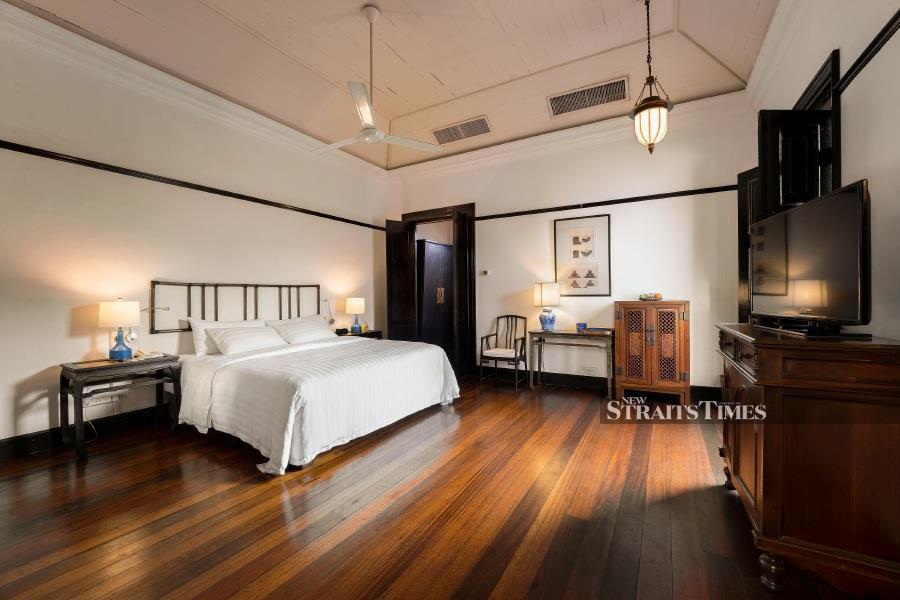
There's an odd sense of solitude within the walls of the mansion. Time moves differently here, I sense. Despite its prime location at the heart of George Town, you can barely hear the bustling roads outside. The trickle of the water feature outside our rooms is oddly calming.
Embodying the essential elements of traditional Chinese architecture, the internal courtyards allow air, rain and sunshine to penetrate the living areas. Open courtyards within living areas ensure that man and nature co-exist in harmony.
Gold buried in auspicious corners and decorate ironworks in shape of coins ensure continuing wealth. The side wings contain six rooms each per floor; the number six rhymes with the saying lok lok tai soon which means "smoothness for every dealing".
One of the most outstanding features of the mansion lie in Cheong's insistence on using numerology, spiritual emanations and geomantic or feng shui elements which feature prominently in all aspects of the architecture. Perhaps that's why the Mansion still stands proudly to this day.
The brilliant sun shines through the open courtyard, bathing everything in a warm golden light. The "most photographed building in George Town" is indeed a haven for Instagrammable photographs.

Phone cameras are whipped out, and a good portion of our stay is spent posing against the indigo blue lime-washed walls or in the beautiful dappled green courtyard where bonsai plants thrive.
We find ourselves hardly leaving the mansion, choosing to ensconce ourselves within the four walls of the ancient house for most of our stay in Penang. We only venture out of the mansion once, in search of the famed char kuey teow and assam laksa.
Perhaps that's the mansion's greatest secret — that it manages to tantalise guests into lingering inside its cavernous space. It was, after all, Cheong's greatest wish to host generations of families in his home. The mansion was always filled with life and people, and he designed the building to be enjoyed by many.

As the music of the guqin continues to permeate the once-quiet courtyard, I can't help glancing at the portrait of the patriarch that's hung prominently on the wall, which separates the heritage restaurant aptly called The Courtyard and the kitchen.
I could've sworn there was a slight smile on his face. Perhaps the guqin could summon ghosts after all. The mansion has been restored to its former glory and teems with people, laughter and music.
The "Last Mandarin'" of Penang must be very pleased.
Information derived from The Blue Mansion: The Story of Mandarin Splendour Reborn by Lui Lee Loh-Lim.
For information on hotel bookings, go to www.cheongfatttzemansion.com.


